
Silicon Valley Venture Capital Blowing Up The US Defense Industry
Luckey's company, Anduril Industries, specializes in artificial intelligence-enabled systems, including autonomous weapon systems. With a valuation of US$14 billion, Anduril is one of the darlings of the defense startup scene and its newly emerging venture capital (VC) ecosystem where big promises, big bets and a tendency toward propaganda are a staple necessary for success.
The integration of artificial intelligence (AI) into defense programs, let alone weapon systems, remains controversial. The UK Artificial Intelligence in Weapon Systems Committee has urged caution over procurement processes for AI-enabled weapons, yet – as is so often the case when it comes to Silicon Valley products – the development, procurement and rollout of AI defense programs has sharply accelerated in recent years.
Founded only in 2017, Anduril has already been awarded multiple multi-million dollar contracts by the US Department of Defense (DoD), as well as the UK Ministry of Defense (MoD). Against the background of the ongoing Russia-Ukraine war, the war in Gaza and rising global tension, this may not seem a surprising development.
In my latest research on military AI, I identified that one of the key drivers of the accelerated procurement of military startup products, such as autonomous drones and other AI-enabled systems, is the influx of enormous sums of venture capital money and influence.
These venture capital companies need defense organizations to adopt the technology industry's ethos of speed and scale and the venture capital world's appetite for risk and revolution. This makes these firms not only financial players but also political ones.
My research, published in Finance and Society , suggests that this trend toward shaping defense in the image of Silicon Valley, motivated by venture capital interests, is likely to become more pronounced and widespread. With this in mind, it's worth looking more closely at the dynamics in play when venture capital sets its eyes on matters of life and death.
The emerging military financializationThe military AI industry and global defense spending are both booming. At current estimates , the global military AI market was worth $13.3 billion in 2024, with a projected growth to $35 billion in the next seven years.
These numbers vary, depending on the market data services consulted, but they have been revised upward on a regular basis in the last 12 months. Global defense budgets have also ballooned against the backdrop of ongoing conflicts and a general shift toward militarization in the last 24 months.
Global defense spending reached a record level of just over $2 trillion in 2023. With $877 billion, the US accounted for nearly 40% of global defense spending in 2023. The NATO alliance will be spending US$ 1.47 trillion in 2024. These are big, attractive numbers for big tech and finance companies with intentions to gain a foothold in the defenSe market.
Meanwhile, defense organizations are starting to spend more money on cutting-edge technologies, including, inevitably, AI. A 2024 Brookings Institute Report found that defense contracts for AI-related technologies increased in value by nearly 1,200% in the 12 months from August 2022 to August 2023.
For most new AI products, civilian or otherwise, some form of venture capital funding is often involved, especially if the AI venture in question might prove to be too risky to be funded through bank loans or other financial instruments. Venture capital is willing to take bets on innovation that other funders would be unwilling, or unable to take.
In the past two decades, this type of funding has primarily focused on Silicon Valley products for the civilian market, where the dynamics have allowed for extraordinary gains to be made for investors.
But as the defense market is growing, and the opportunities for extraordinary venture capital returns in the commercial spheres wane, those with large amounts of capital to invest see a new opportunity for huge gains in defense within their grasp.
It is unsurprising, then, that in the past five years, venture capital investment in defense technologies has surged. From 2019 to 2022, US venture capital funding for military technology startups has doubled , and since 2021, the defense technology sector has seen an injection of $130 billion in VC money.
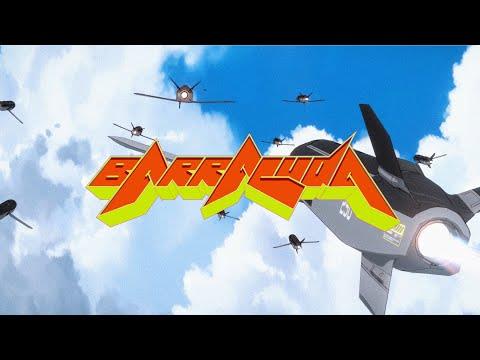
Venture capital spending is also at an all-time high for the European defense sector; private VC investments are projected to reach a record $1 billion, driven mostly by US venture firms. There is a palpable buzz in the air about the possibilities for VC-backed endeavors and the possibility to reshape the defense landscape.
The venture capital-military-Silicon Valley nexusVenture capital has always been connected to the military sector in some way. In fact, the current boom in venture capital defense investing could be seen as a return to its early days.
The origins of venture capital are typically traced back to the American Research and Development Corporations (ARDC) founded in 1946, just after the Second World War, in which the US was buoyed by a victory achieved, at least in part, by cutting-edge technologies.
ARDC was one of the first companies to systematically raise capital from institutional investors to finance start-up type companies with high potential but which were too risky for bank loans.
With this approach, ARDC was the first venture capital outfit to create investment portfolios that often relied on one or two extraordinary successes in order to offset the majority of companies that only made very modest returns or, indeed, losses. In this way, ARDC was the first so-called“unicorn” company.
Unicorns are young companies that receive a valuation of US$ 1 billion or more (up until recently an exceedingly rare occasion for a startup and something every investor covets in their portfolio). This is at the heart of venture capital investing: it is risk capital with potentially very high rewards.
In the early days, especially just after the Second World War, many investments went toward supporting startups that would deal with military innovation and technologies . This brought about various analytical instruments, high-voltage generators, radiation detection technology, as well as early mini-computer companies, like the Digital Equipment Corporation.
The digital landscape, as we know it today, has its roots in the military. Innovations in communications theory were purposed for military missile technology in the 1950s, the grandfathers of AI almost all worked on mid-century military projects and even the internet itself emerged from a military project , then named Arpanet.
Many Silicon Valley firms remained entangled with the military sector over the decades and, as the anthropologist Roberto Gonzales has written , almost“all of today's tech giants carry some DNA from the defense industry, and have a long history of cooperating with the Pentagon.” So, venture capital's DNA is folded into this relationship.

But, it is worth stressing that traditionally it was the needs of the military organizations and the governments that largely dictated the pace, structure and process for technological innovations.
Now, the pace and focus for military technology and innovation is increasingly set by a progressively vocal and powerful technology startup industry and their funders who have unleashed a raft of“Patriotic capital” initiatives, such as American Dynamism ; the Special Competitive Studies Project , Rebooting the Arsenal of Democracy and America's Frontier Fund .

Legal Disclaimer:
MENAFN provides the
information “as is” without warranty of any kind. We do not accept
any responsibility or liability for the accuracy, content, images,
videos, licenses, completeness, legality, or reliability of the information
contained in this article. If you have any complaints or copyright
issues related to this article, kindly contact the provider above.

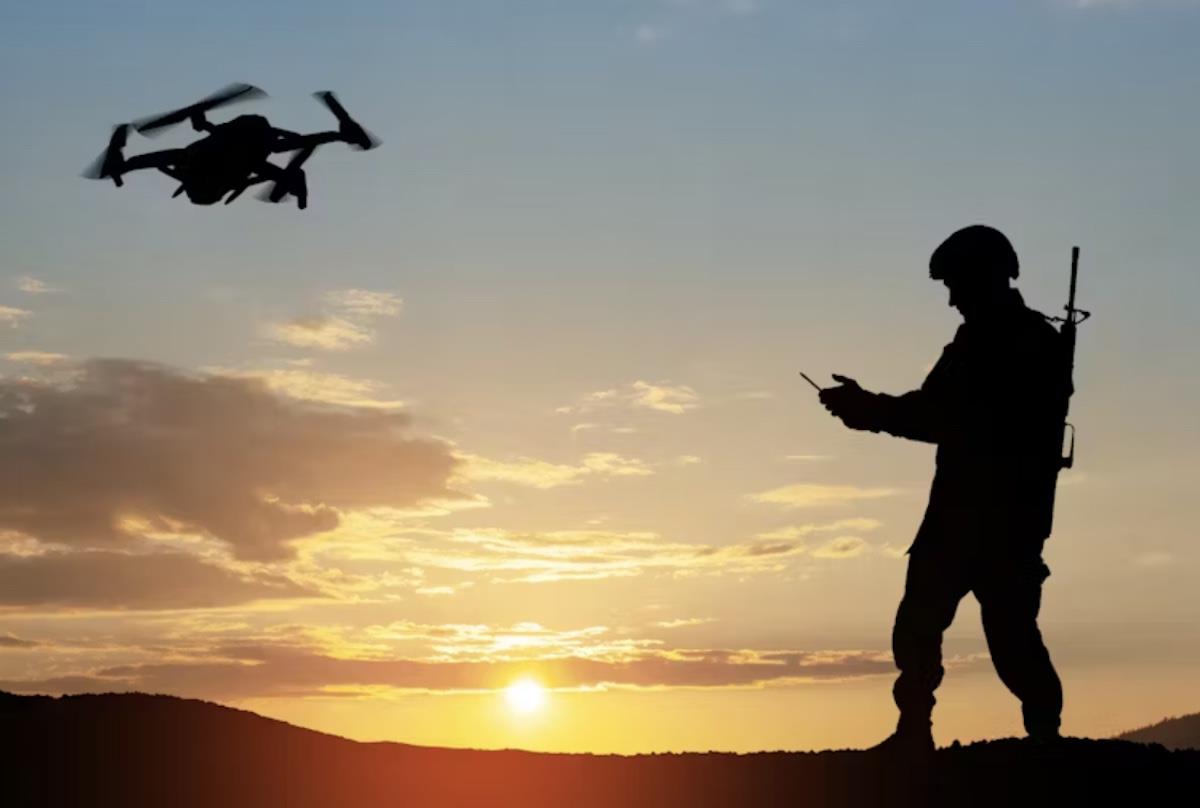
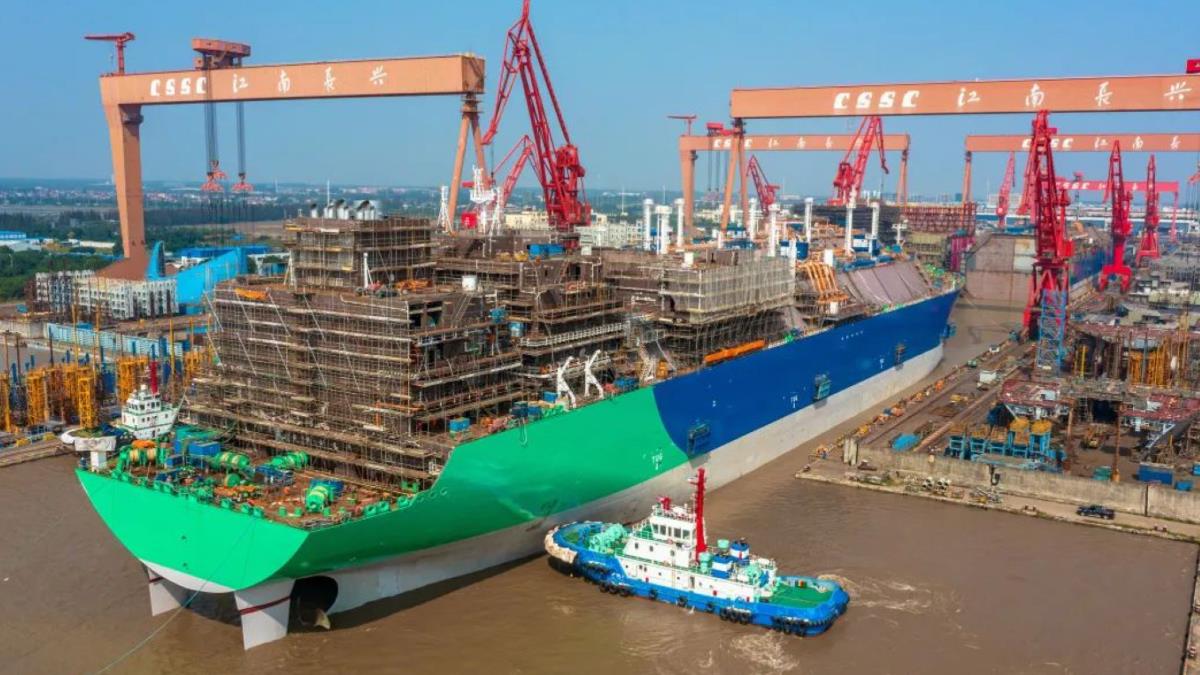
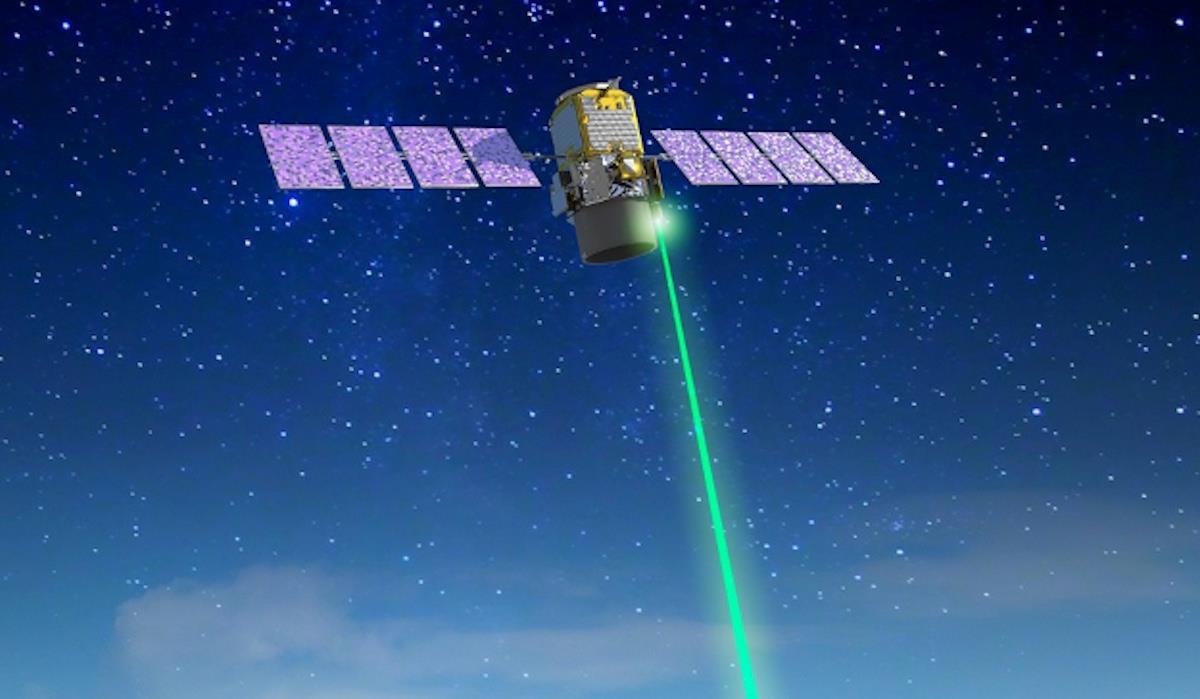
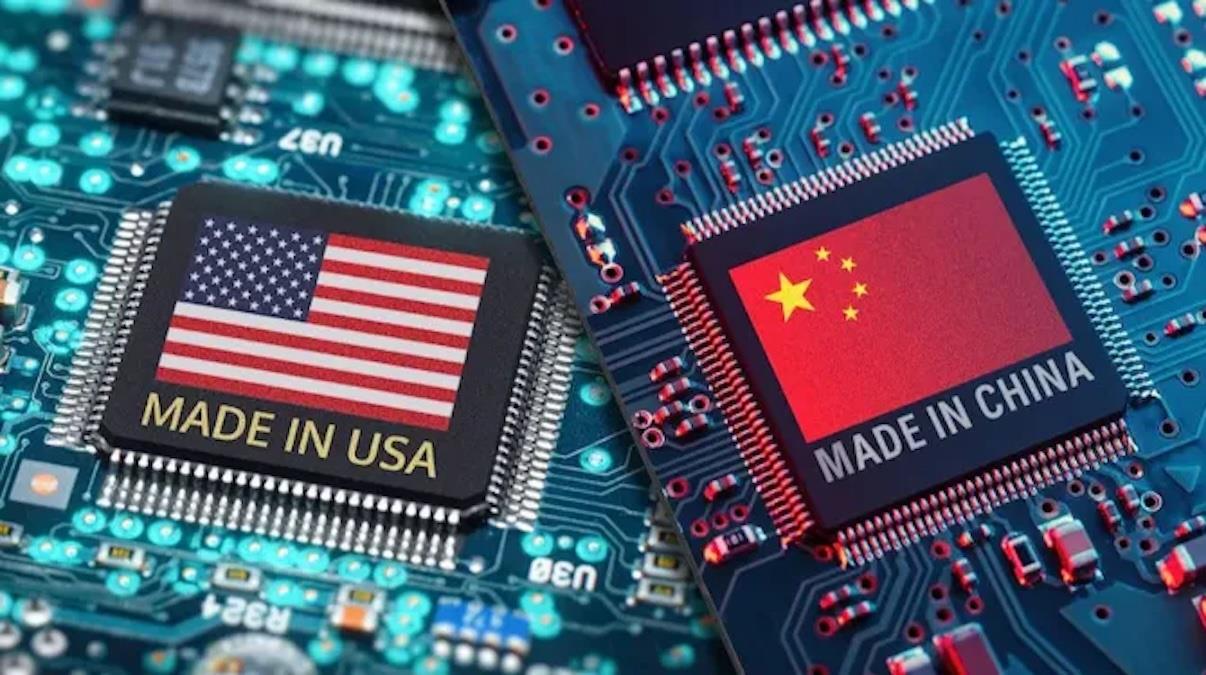




















Comments
No comment